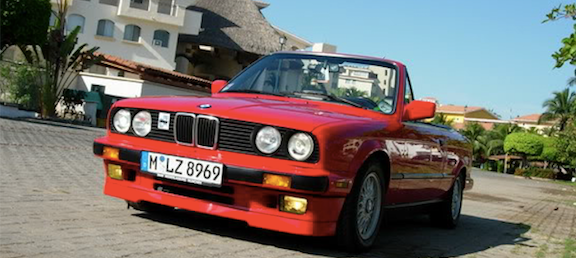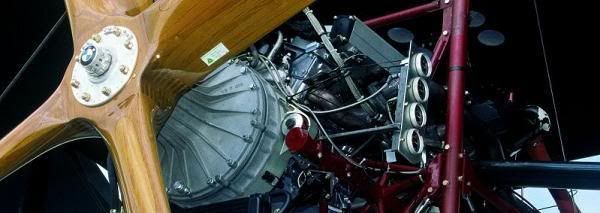A brand spanking new Airbus 340-600, the largest passenger airplane ever built, sat in its hangar in Toulouse, France without having logged a single hour of airtime.

Enter the Arab flight crew of Abu Dhabi Aircraft Technologies (ADAT) to conduct pre-delivery tests on the ground, such as engine runups, before scheduled delivery of the aircraft to Etihad Airways in Abu Dhabi.



The ADAT crew taxied the A340-600 to the run-up area. Then they took all four engines to full takeoff power with a virtually empty aircraft. They hadn't read the run-up manuals, so they had no clue just how light an empty A340-600 is.
The takeoff warning horn started blaring away in the cockpit because they had all four engines at full power. The aircraft computers thought they were trying to takeoff but it had not been configured properly (flaps/slats, etc.) Then one of the ADAT crew pulled the circuit breaker on the Ground Proximity Sensor, silencing the alarm.
That fooled the aircraft into thinking it was in the air.
The computers automatically released all the brakes and set the aircraft rocketing forward. The ADAT crew had no idea that this was a safety feature to prevent pilots from landing with the brakes on.
Not one member of the seven-man ADAT crew was smart enough to throttle back the engines from their max power setting.
The $200 million brand-new aircraft crashed into a blast barrier, totaling it.
The extent of injuries to the crew is unknown, for there has been a news blackout in the major media in France and elsewhere. Finally, the photos are starting to leak out.





Enter the Arab flight crew of Abu Dhabi Aircraft Technologies (ADAT) to conduct pre-delivery tests on the ground, such as engine runups, before scheduled delivery of the aircraft to Etihad Airways in Abu Dhabi.



The ADAT crew taxied the A340-600 to the run-up area. Then they took all four engines to full takeoff power with a virtually empty aircraft. They hadn't read the run-up manuals, so they had no clue just how light an empty A340-600 is.
The takeoff warning horn started blaring away in the cockpit because they had all four engines at full power. The aircraft computers thought they were trying to takeoff but it had not been configured properly (flaps/slats, etc.) Then one of the ADAT crew pulled the circuit breaker on the Ground Proximity Sensor, silencing the alarm.
That fooled the aircraft into thinking it was in the air.
The computers automatically released all the brakes and set the aircraft rocketing forward. The ADAT crew had no idea that this was a safety feature to prevent pilots from landing with the brakes on.
Not one member of the seven-man ADAT crew was smart enough to throttle back the engines from their max power setting.
The $200 million brand-new aircraft crashed into a blast barrier, totaling it.
The extent of injuries to the crew is unknown, for there has been a news blackout in the major media in France and elsewhere. Finally, the photos are starting to leak out.









Comment